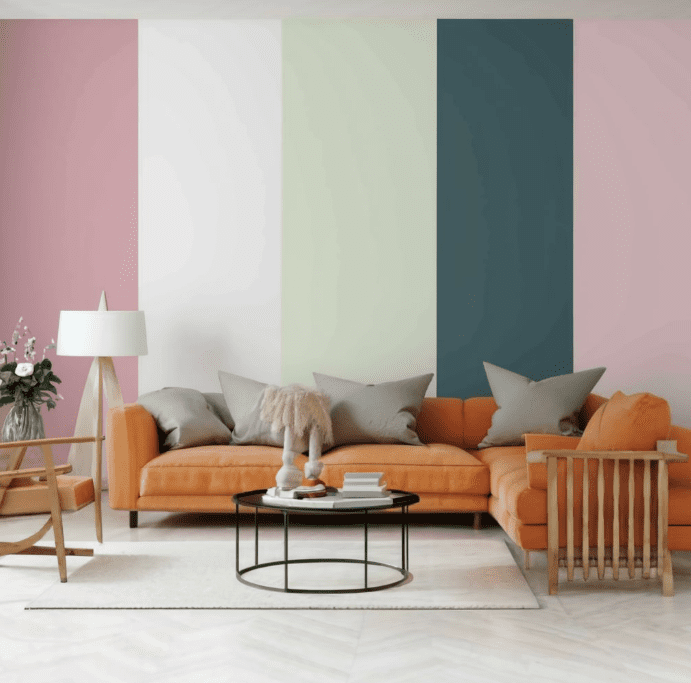Table of Contents
ToggleKey Takeaways
- Formaldehyde is a commonly used chemical that poses health risks, leading to the need for safer alternatives.
- Alternatives to formaldehyde are becoming increasingly important, particularly in the realm of green building and sustainable construction.
- Non-toxic preservatives and eco-friendly materials are emerging as viable substitutes for formaldehyde-based products.
- Low-VOC products and formaldehyde-free insulation are examples of the growing availability of green building supplies.
- Advancements in manufacturing processes and adherence to regulatory standards are promoting the use of safer, sustainable materials.

Formaldehyde Substitutes
As the demand for eco-friendly materials and sustainable construction continues to grow, the search for formaldehyde substitutes has become increasingly important. Formaldehyde, a commonly used chemical in a variety of products, has been linked to health concerns, driving the need for innovative non-toxic preservatives and green building supplies. Non-toxic Preservatives: Utilizing Natural Substitutes for Formaldehyde
Non-toxic Preservatives: Utilizing Natural Substitutes for Formaldehyde
Traditional formaldehyde-based preservatives are being replaced by natural alternatives that offer similar performance without the associated health risks. These non-toxic preservatives include plant-based extracts, essential oils, and biobased composites that provide effective preservation while promoting low voc products and a healthier indoor environment.
Eco-friendly Materials: Choosing Renewable and Sustainable Alternatives
The construction industry is increasingly embracing renewable and sustainable alternatives to traditional building materials containing formaldehyde. These eco-friendly materials include non-formaldehyde resins, eco-friendly adhesives, and formaldehyde-free insulation, all of which contribute to the creation of green building materials and a healthy home for occupants.| Formaldehyde Substitutes | Benefits |
|---|---|
| Plant-based Extracts | Natural, non-toxic preservatives with effective antimicrobial properties |
| Essential Oils | Aromatic, sustainable alternatives that provide preservation and odor control |
| Biobased Composites | Renewable materials that offer superior performance and environmental sustainability |
| Non-formaldehyde Resins | Formaldehyde-free binders for wood-based products and building materials |
| Eco-friendly Adhesives | Sustainable, low-VOC options for bonding and sealing in construction |
| Formaldehyde-free Insulation | Safer, healthier insulation solutions that prioritize indoor air quality |
Green Building Supplies
As the demand for eco-friendly and sustainable construction materials continues to grow, the availability of green building supplies has also been on the rise. These innovative products offer alternatives to traditional formaldehyde-based materials, catering to the needs of environmentally conscious homeowners and builders alike. Two key areas that have seen significant advancements are low-VOC products and natural wood finishes.Low VOC Products: Opting for Materials with Reduced Volatile Organic Compounds
Volatile organic compounds (VOCs) can be harmful to both human health and the environment. Fortunately, the market has responded with a wide range of low-VOC products, including paints, adhesives, and sealants, that provide formaldehyde substitutes and non-toxic preservatives. These eco-friendly materials and green building supplies not only reduce exposure to harmful chemicals but also contribute to improved indoor air quality, making them a popular choice for sustainable construction and healthy home products.Natural Wood Finishes: Embracing Finishes That Do Not Emit Harmful Chemicals
In addition to low-VOC products, the green building industry has also seen a growing trend towards natural wood finishes that do not emit harmful formaldehyde or other volatile organic compounds. These eco-friendly adhesives and non-formaldehyde resins are derived from renewable and biobased composites, offering low-voc products and formaldehyde-free insulation options for those seeking to create a healthier, more sustainable living environment.Implementing Safer Practices
As the demand for formaldehyde substitutes, non-toxic preservatives, and eco-friendly materials continues to rise, manufacturers and industry leaders are proactively implementing safer practices to promote the use of alternatives to formaldehyde. This includes advancements in manufacturing processes and a steadfast commitment to regulatory compliance for the sake of health and environmental safety.Enhanced Manufacturing Processes: Utilizing Greener Production Methods
Leading manufacturers in the green building supplies and sustainable construction sectors are spearheading the development of innovative production methods that prioritize the use of low VOC products, non-formaldehyde resins, and eco-friendly adhesives. By embracing these greener production methods, they are able to deliver a wide range of biobased composites and formaldehyde-free insulation that meet the growing demand for healthy home products.


 Non-toxic Preservatives: Utilizing Natural Substitutes for Formaldehyde
Non-toxic Preservatives: Utilizing Natural Substitutes for Formaldehyde